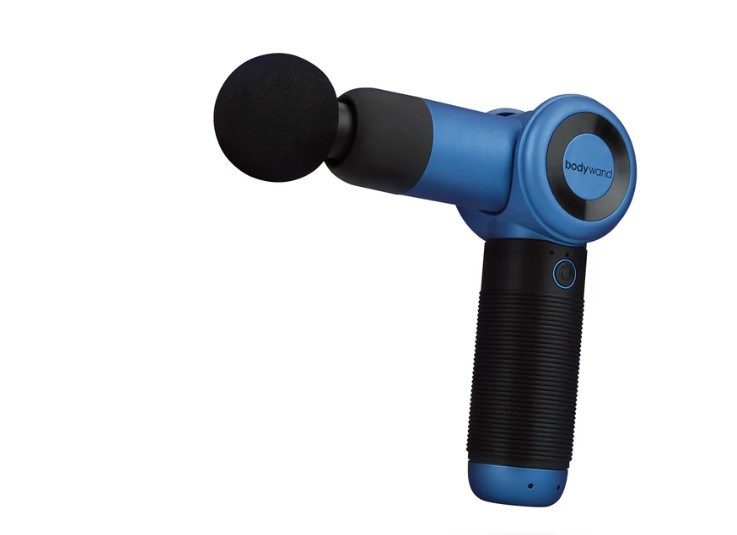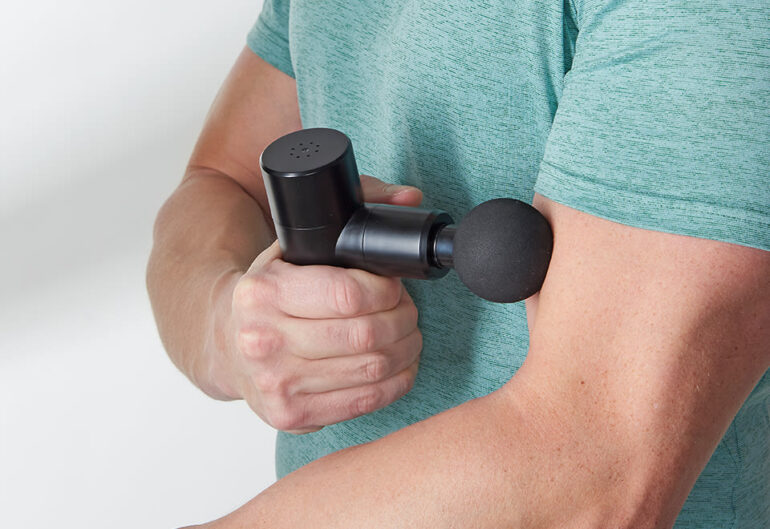
Deep tissue massagers are tools designed to provide firm pressure and target deeper layers of muscles and connective tissues. Understanding the science behind their effectiveness is essential for maximizing their benefits and ensuring safe use.
1. How Deep Tissue Massage Works
Deep tissue massage techniques involve applying firm pressure and slow strokes to specific areas of the body. This method focuses on realigning deeper layers of muscles and connective tissues, breaking down adhesions and scars, increasing blood circulation, relaxing muscles, and improving range of motion.
By targeting tension within muscles and releasing lactic acid, deep tissue massage promotes better blood flow, which aids in muscle recovery and overall well-being.
This technique is particularly effective for individuals with chronic muscle tension, as it helps in relieving built-up stress and preventing injuries. Understanding these mechanisms highlights the importance of using body massagers correctly to achieve optimal results.
2. Benefits of Deep Tissue Massage
Deep tissue massage is renowned for its ability to alleviate chronic pain and muscle tension. By reducing inflammation and muscle tightness, it helps improve posture and flexibility, ultimately leading to a significant reduction in chronic pain.
This therapeutic approach is particularly beneficial for individuals suffering from conditions like fibromyalgia or chronic back pain, as it targets the root cause of discomfort, offering long-lasting relief.

Improved Circulation and Healing
One of the primary benefits of deep massage is the enhancement of blood flow, which speeds up the healing process for injuries.
Improved circulation facilitates the delivery of essential nutrients and oxygen to muscles, promoting faster recovery and reducing inflammation.
Deep massage stimulates the production of cytokines, which play a crucial role in supporting the circulatory system and aiding in the body’s natural healing processes.
Mental and Physical Well-being
Deep massage not only addresses physical ailments but also promotes mental and emotional well-being. By reducing stress hormones and encouraging relaxation, it helps calm the nervous system and alleviate stress and anxiety.
This holistic approach enhances mental clarity, supports body awareness, and fosters a sense of overall well-being. Regular deep tissue massage sessions can significantly improve an individual’s quality of life by balancing both physical and mental health.
3. Considerations and Potential Side Effects
While deep tissue massage offers numerous benefits, it is not suitable for everyone. Individuals should consult with a healthcare professional to determine if this type of therapy is appropriate for them.
Potential risks include soreness, bruising, and discomfort, especially if the massage is not administered by a trained therapist. Proper communication with the therapist is crucial to ensure a safe and effective treatment.

When to Avoid Deep Tissue Massage
Certain conditions may contraindicate the use of deep tissue massage. People with blood clots, severe osteoporosis, recent surgeries, or specific health conditions should avoid this therapy.
Consulting with a healthcare professional before starting any deep tissue massage treatment is vital to prevent adverse effects and ensure it is safe based on individual health conditions. Proper assessment and professional guidance are key to avoiding potential complications.
In Conclusion
understanding the science behind deep tissue massagers highlights their potential benefits and considerations. Always consult with a qualified therapist before trying deep tissue massage to ensure it is suitable and safe for your specific needs. The proper use of these massagers can lead to significant improvements in physical and mental well-being.
